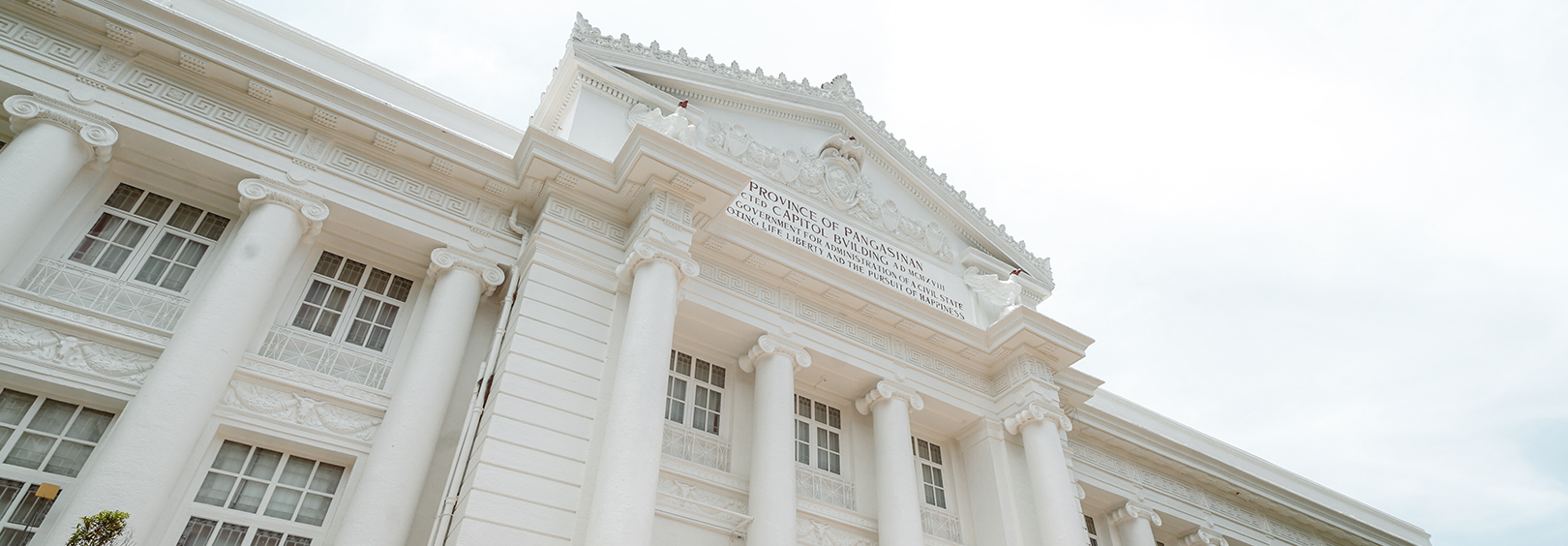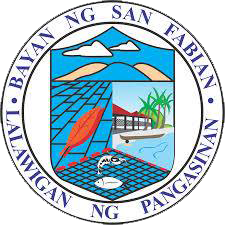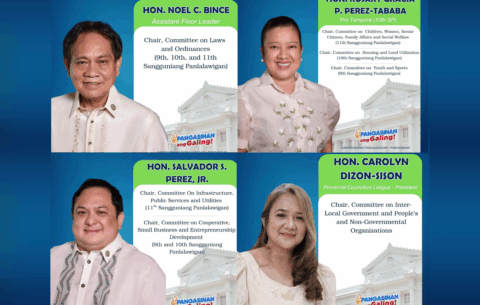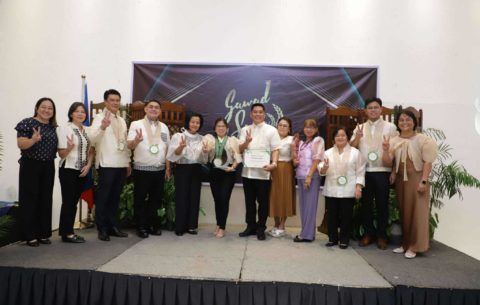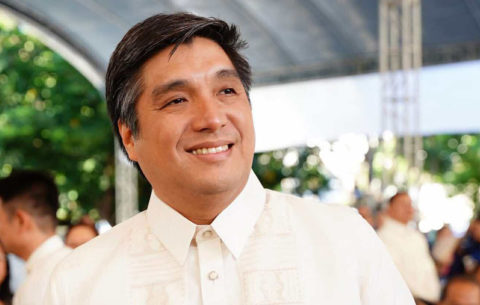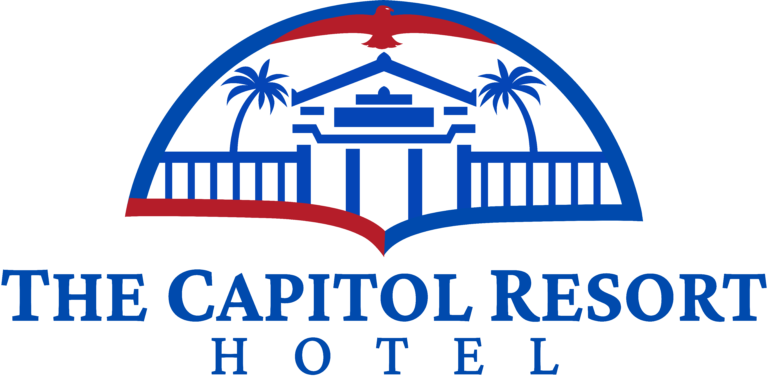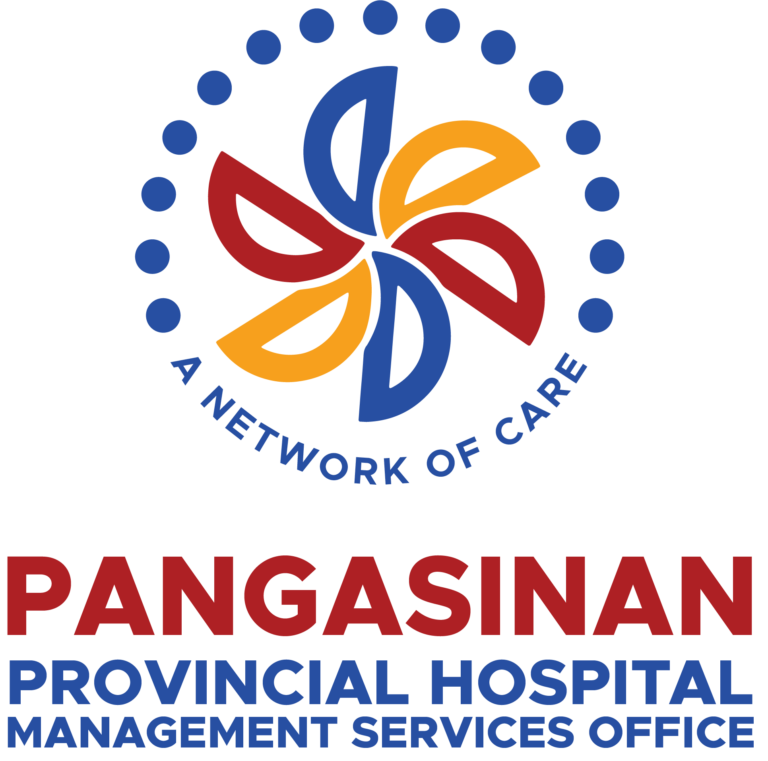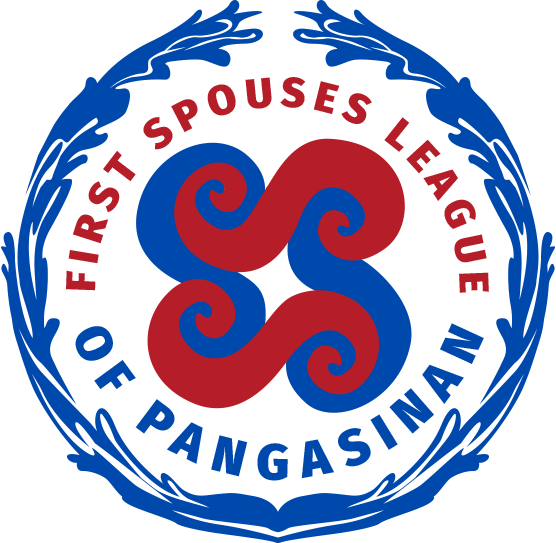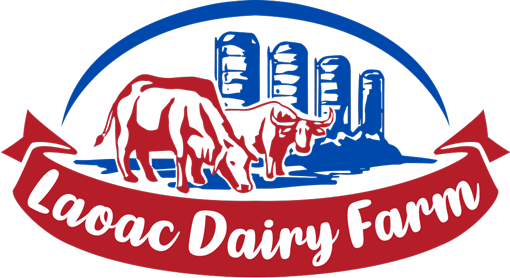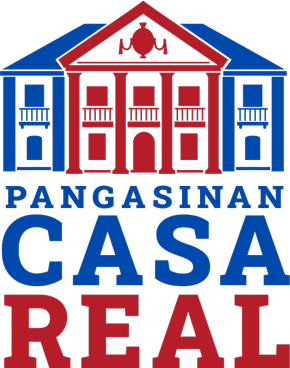San Fabian was founded on March 23, 1717, and was once called Angio. The town used to be a mission territory of Dominican friars during the Spanish occupation to spread Christianity in the Province of Pangasinan. It was renamed San Fabian, in honor of Saint Fabian, who once served as a pontiff and a saint of the Roman Catholic Church.
Hundreds of Filipino nationalists who fought against the Americans in the Philippine-American war died in San Fabian. After its fall, the Americans established a government where Ińigo Dispo was installed as the town’s first President.
San Fabian was instrumental to Americans and its allies during World War II. The morning of January 6, 1945, saw one of the biggest allied landings in the Pacific theatre that spanned the towns of Lingayen and San Fabian. For three days, the allied forces relentlessly bombarded the coast of Lingayen gulf which stretches roughly 40 kilometers where the pockets of the remaining Japanese forces were located.
Located in the northwestern part of Pangasinan, San Fabian borders the Province of La Union to the north. The town is part of the fourth congressional district. San Fabian has a total land area of 8,128 hectares and a population of 87,428 people according to the 2020 census.
As a coastal town, San Fabian’s fishing industry contributes much to its economy. the town’s White and Blue beaches, named by the American forces in WWII, host several resorts that can accommodate local and foreign visitors.
Officials
Mayor
Marlyn Agbayani
Vice Mayor
Constante Agbayani
Councilors
Chelsea Mae Narvasa
Roberto Quirimit
Errol Sison
Marieta Cuaresma
Hercules Magliba
Kimberly Bandarlipe
Riemzie Abrio
Rolando Pedralvez


